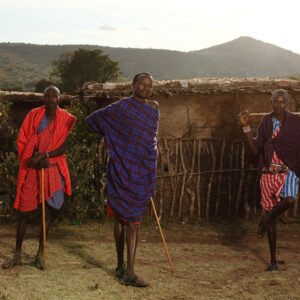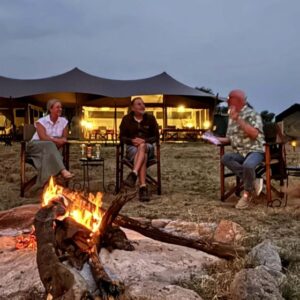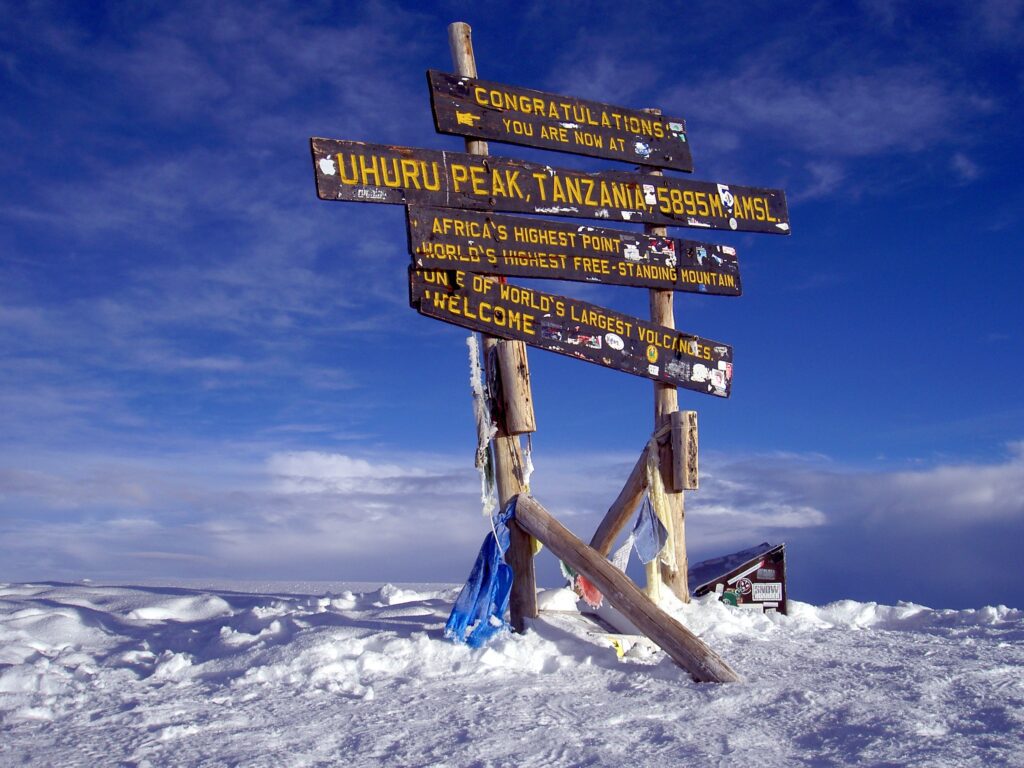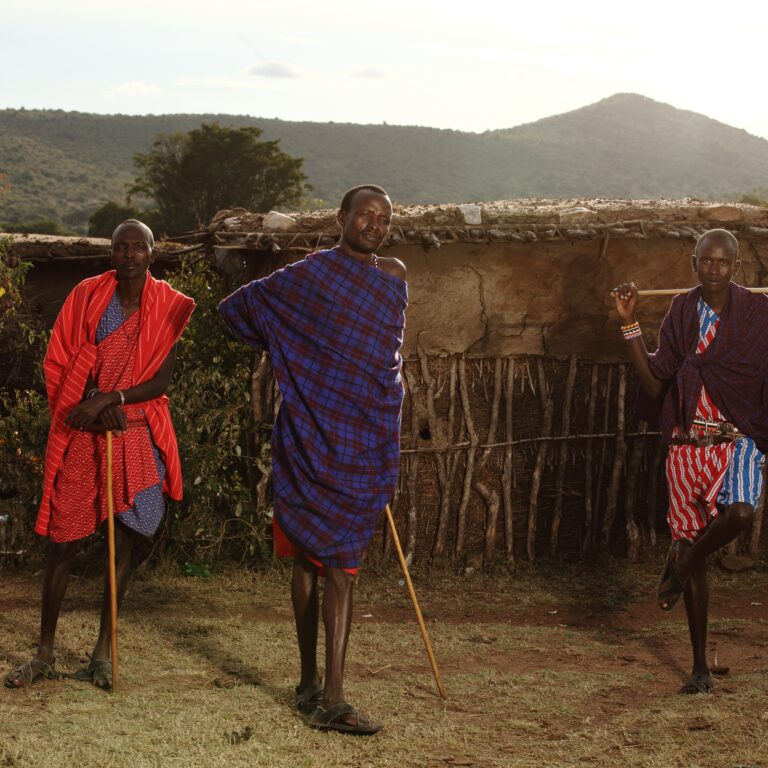Climbing Mount Kilimanjaro is a dream for many adventurers. Standing at 5,895 meters (19,341 feet), it is the tallest mountain in Africa and one of the Seven Summits of the world. Though it attracts thousands of climbers each year, not everyone makes it to the summit. Understanding the common pitfalls can help future climbers prepare better for their journey. Many people fail to summit Kilimanjaro due to poor acclimatization. The rapid altitude gain can cause acute mountain sickness (AMS), leading to headaches, nausea, and dizziness. Lack of physical preparation is another reason—climbing requires endurance, strength, and mental resilience.
Rushing the ascent instead of choosing a longer itinerary reduces the body’s ability to adjust to high altitudes. Inadequate gear can make extreme cold, rain, or wind unbearable. Dehydration and poor nutrition weaken the body, affecting stamina. Ignoring guide advice and pushing beyond limits often fails. Lastly, mental unpreparedness—underestimating the challenge or lacking motivation—can lead climbers to give up. To succeed, one must train, pace properly, stay hydrated, and listen to experienced guides. Here are ten reasons why people fail when attempting to climb Kilimanjaro.
1. Inadequate Preparation
Many assume that because Kilimanjaro doesn’t require technical climbing skills, they don’t need training. Wrong! Kilimanjaro’s long treks, rough terrain, and high altitude require cardio fitness, leg strength, and endurance. Training with long hikes, strength exercises, and cardio workouts months before your trip significantly improves your chances of success. The journey to Kilimanjaro requires serious physical and mental preparation. Many climbers underestimate the physical conditioning needed, thinking they can simply show up and begin their ascent. Training months in advance, focusing on cardio, strength, and stamina, is essential to success on this challenging trek.
2. Poor Acclimatization
Acclimatization process by which your body adjusts to lower oxygen levels at high altitudes. Climbers who ascend too quickly risk altitude sickness, which can have severe effects on health. Following the advice of experienced guides and taking proper rest days to acclimatize is crucial for reaching the summit safely.
3. Ignoring Health Risks
Altitude sickness, or acute mountain sickness (AMS), is the biggest reason why climbers fail on Kilimanjaro. The mountain rises to 5,895 meters (19,341 feet), and many climbers ascend too quickly, ignoring proper acclimatization. Symptoms include nausea, dizziness, headaches, and even life-threatening pulmonary or cerebral edema. To avoid AMS, choose longer routes (like Lemosho or Northern Circuit), maintain a slow pace, and stay hydrated. Even healthy individuals can experience altitude sickness. Ignoring symptoms such as headaches, nausea, or dizziness can lead to serious consequences. Climbers who either don’t recognize their condition or refuse to turn back put themselves in danger and jeopardize the success of the entire group.
4. Inexperienced Guides and Support Teams
A knowledgeable guide can mean the difference between reaching the summit and turning back. Cheap, inexperienced guides may lack proper safety training, altitude knowledge, and leadership skills. Always choose Foot Slopes Tours and Safaris Kilimanjaro, a reputable tour operator with certified guides who monitor your health, adjust the pace, and encourage. Choosing a reliable and experienced guide service can significantly impact the climb’s outcome. Inexperienced or poorly equipped guides may not adequately prepare climbers for the challenges ahead. It’s essential to invest in a reputable company with knowledgeable staff and positive reviews.
While many climbers believe they can tackle the climb independently, having experienced guides and support teams is vital. Poorly managed expeditions may lack crucial safety measures, such as proper acclimatization schedules and emergency protocols. Climbers should seek reputable trekking companies with experienced guides who can make informed decisions about the group’s pace and well-being during the journey.
5. Lack of Proper Gear
Climbers often fail due to inadequate gear. The extreme temperature changes—from the humid rainforest to the freezing summit—require high-quality equipment. Essentials include layered clothing, waterproof gear, insulated boots, gloves, a headlamp, and a good sleeping bag. A bad gear choice can make or break your climb. The weather on Kilimanjaro can be unpredictable. Having the right clothing, sleeping gear, and other essential equipment is vital for comfort and safety while on the mountain.
6. Neglecting Hydration and Nutrition
Proper hydration and nutrition are key to surviving Kilimanjaro. High altitude and exertion increase fluid loss, yet many climbers drink too little. Aim for at least 3-4 liters of water per day. Also, eat enough carbohydrates, proteins, and fats to sustain energy levels. Good tour operators provide high-calorie meals to keep you strong. Dehydration can exacerbate the effects of altitude sickness and lead to fatigue, while inadequate nutrition can leave climbers feeling weak. Eating balanced meals and drinking water regularly are essential for maintaining strength and endurance.
7. Mental Challenges
Kilimanjaro is as much a mental challenge as a physical one, doubts, fears, and the sheer feeling of exhaustion can weigh heavily on a climber’s psyche. The climb is long, exhausting, and requires perseverance. Harsh weather, altitude sickness, and fatigue can weaken determination. Staying positive, visualizing success, and pushing through discomfort are crucial mental strategies. The mental aspect of climbing Kilimanjaro cannot be overstated. Many climbers underestimate how psychologically taxing the journey can be. Negative thoughts, fatigue, or a lack of motivation can lead to failure. Building mental resilience and remaining positive throughout the trek is critical for reaching the summit.
8. Lack of Experience with Multi-Day Hikes
Some climbers fail because they’ve never done multi-day hikes before. Kilimanjaro is a week-long trek, requiring endurance over several days. If you’re not used to sleeping in tents, hiking for hours daily, or dealing with exhaustion, it can be overwhelming. Practice by doing long hikes with elevation gain before your trip.
Climbing is often a group endeavor, and interpersonal dynamics can make or break success. Tension or disagreements among team members can lead to distractions and reduced morale. Effective communication and support within the group are essential for overcoming challenges and keeping spirits high.
9. Weather Conditions
Many climbers underestimate Kilimanjaro’s unpredictable weather. It can be scorching at the base and freezing at the summit. Strong winds, rain, and snowfall can make the climb even more difficult. Choosing the right season (January-March or June-October) and wearing appropriate gear can significantly improve your chances. Those unprepared for changing weather may have to turn back. Keeping an eye on weather forecasts and being adaptable is important for success.
10. Setting Unrealistic Goals
Going Too Fast (Pole Pole is the Key) Kilimanjaro is not a race. Rushing to the summit increases the risk of AMS. The best climbers follow the “Pole Pole” (slowly, slowly) principle, allowing their bodies to adapt. A slow, steady pace ensures better oxygen intake and energy conservation, leading to higher success rates. Finally, climbers may fail due to unrealistic expectations. Visualizing the summit as an easy accomplishment can lead to disappointment and frustration. Setting achievable goals, such as completing the trek slowly and enjoying the experience, can enhance the journey while reducing the likelihood of failure.
11. Choosing the Wrong Route
Kilimanjaro has several routes to the summit, including Machame, Lemosho, and Rongai. Each has its unique challenges and advantages. Some climbers may choose a route based on popularity rather than personal capability or time constraints. For instance, faster routes like the Marangu may not provide enough acclimatization opportunities, which can lead to an increased risk of altitude sickness. Selecting the right route that aligns with a climber’s experience level and physical condition is crucial for success.
Not all Kilimanjaro routes are created equal. Some are too short, offering poor acclimatization, while others are too steep for beginners. Shorter routes like Marangu (5 days) and Machame (6 days) have high failure rates. Lemosho, Rongai, and the Northern Circuit offer gradual ascents, better acclimatization, and higher success rates.
Why People Fail When Climbing Kilimanjaro FAQs
Mount Kilimanjaro, standing tall at 5,895 meters, attracts thousands of adventurers from around the world each year. While many succeed in reaching the summit, a significant number of hikers fail to make it to the top. Here are some frequently asked questions that highlight the common reasons for such failures.
What is the primary reason climbers fail on Kilimanjaro?
One of the most significant factors contributing to failure is altitude sickness. Kilimanjaro’s fast ascent for many climbers, and the effects of high altitude can be severe. Symptoms like headaches, nausea, and fatigue can occur when the body doesn’t acclimatize properly. The best way to avoid altitude sickness is to take your time, ascend slowly, and listen to your body. Those who ignore the signs often turn back due to health concerns.
How does preparation impact the chances of Climbing Mount Kilimanjaro success?
Preparation crucial for a successful climb. Many climbers underestimate the physical demands of the trek. A lack of proper training can lead to poor performance, resulting in fatigue and injury. Many hikers who fail do so because they haven’t invested the time in endurance training or do not understand the importance of conditioning their bodies for prolonged hiking at high altitudes. It’s recommended to engage in regular cardiovascular and strength training sessions in the months leading up to the expedition.
Why do Climbing Mount Kilimanjaro group dynamics affect the success rate?
Climbing Mount Kilimanjaro is not just a physical challenge; it’s also a mental one. Having a supportive team is vital. Poor group dynamics, whether caused by personality clashes or lack of communication, can negatively impact morale. Hikers who feel isolated or unsupported may struggle more than those who are part of a cohesive team. Additionally, struggling climbers can affect the pace and motivation of the entire group. Choosing a reputable guiding company that encourages teamwork can help mitigate these issues.
What equipment is essential to avoid Climbing Mount Kilimanjaro failure?
Incorrect or inadequate gear plays a significant role in climbing failures. Climbers frequently underestimate the importance of having the right equipment. Inappropriate footwear, insufficient warm clothing, and poor-quality backpacks can lead to blisters, hypothermia, or fatigue. Before embarking on the journey, climbers should ensure they have the proper gear suited for the trek, including high-quality boots, thermal layers, and a reliable backpack. It’s advisable to break in new gear during training hikes to avoid discomfort on the mountain.
How does the choice of Mount Kilimanjaro route influence success rates?
The route selected can greatly influence the likelihood of success. Kilimanjaro offers several routes, each with varying levels of difficulty and altitude acclimatization schedules. Hikers who choose the popular routes like Machame or Marangu should be aware that while these paths are well-trodden, they can also lead to bottlenecks and fatigue. Opting for lesser-known routes, which allow for a slower ascent and more acclimatization days, may increase the chances of reaching the summit. It’s essential to discuss route options with experienced guides to make an informed decision based on personal abilities.
How Many people fail climbing Kilimanjaro?
Around 30–50% of climbers fail to reach Mount Kilimanjaro’s summit, mainly due to altitude sickness, poor preparation, or choosing a short itinerary. Success rates are higher on longer routes like Lemosho and Machame, which allow better acclimatization. Proper training, hydration, and pacing improve your chances. Selecting a reputable tour operator with experienced guides also boosts success. With the right preparation and mindset, reaching Uhuru Peak is achievable for most trekkers!
What percentage of people make it up Kilimanjaro?
Mount Kilimanjaro’s summit success rates vary by route and duration. On shorter routes (5–6 days), only about 50% reach Uhuru Peak due to poor acclimatization. Longer routes (7–9 days) have success rates of 80–90%, allowing better adaptation to altitude. Overall, around 65–70% of hikers successfully summit. Choosing the right route, pacing yourself, staying hydrated, and trekking with experienced guides significantly improve your chances of making it to the top!
Final thought
Climbing Kilimanjaro can be a rewarding experience, but preparation and awareness of the common reasons for failure are essential. By taking the right steps before and during the climb—such as proper training, gearing up adequately, and maintaining a positive mindset—adventurers can increase their chances of reaching the top of Africa. With the right preparation and attitude, the summit can transform from a distant dream into a triumphant reality.








